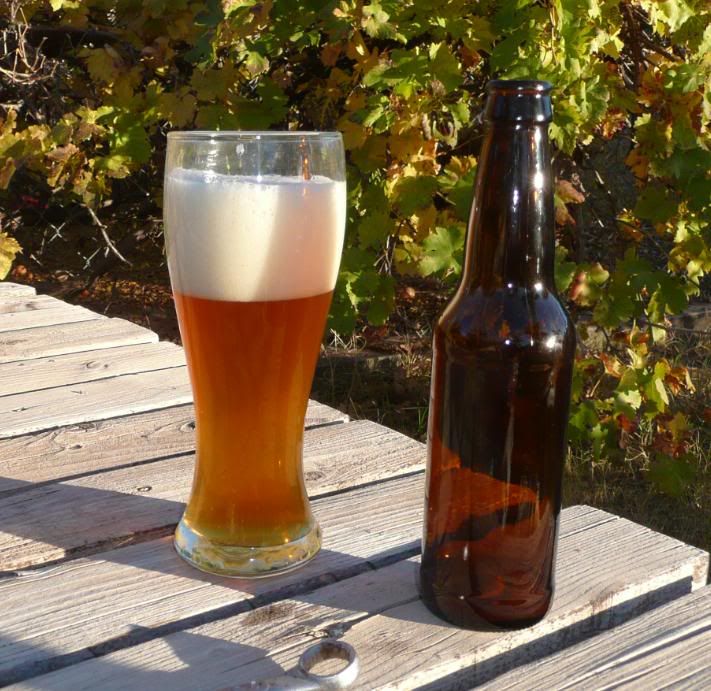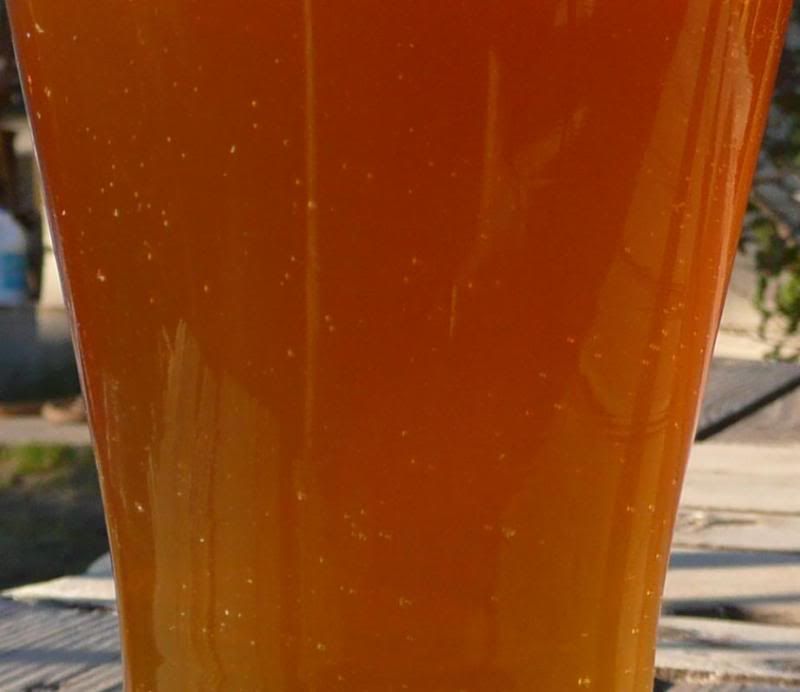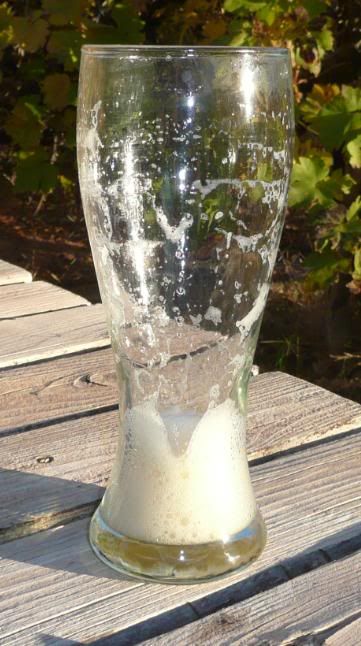Conditioning -The process of adding C02 to the in beer. -Charlie Popazian. It's not aging or cellaring.
Many times it has been said that bottle conditioning takes one to three weeks. I have posted that I have had fully carbonated beer in four days here a few times and it can excite some people to the verge of flame war. My limited experience has proved different to other's opinions. I'm not saying all brews will work like this. Many would be a waste to even try.
I have never done a day by day tasting like this before. Some of my batches I did not open the first brew for well over a week. All of the bottles that I have opened after four days (one of those days it being in the fridge) the beer was fully carbonated
This brew started at 1.050, was three weeks in primary and finished at 1.010. It was bottled on Sunday with five onces of dextrose. The bottles have been kept at 70f.
I don't know why it works like this for me and not others? Maybe the yeasties just like me.
Anyone who says that full carbonation is not possible in less the a week doesn't know what their talking about. There are no off flavors with this batch. The only thing more time is going to do is meld the different flavors together.
~~~~~~~~~~~~~~~~~~~~~~~~~~~~~~~~~~~~~
Edit at One week-I put two in the fridge. Four hours latter I opened the first one. The flavor is a little more blended together, not much. The dry-hoped half of this batch is most likely carbonated but I'll certainly let it age.
Many times it has been said that bottle conditioning takes one to three weeks. I have posted that I have had fully carbonated beer in four days here a few times and it can excite some people to the verge of flame war. My limited experience has proved different to other's opinions. I'm not saying all brews will work like this. Many would be a waste to even try.
I have never done a day by day tasting like this before. Some of my batches I did not open the first brew for well over a week. All of the bottles that I have opened after four days (one of those days it being in the fridge) the beer was fully carbonated
This brew started at 1.050, was three weeks in primary and finished at 1.010. It was bottled on Sunday with five onces of dextrose. The bottles have been kept at 70f.
- Monday--I shook one up well and put in the freezer and then in the fridge for only a few hours total. Some CO2 pressure was released when opening. No carbonation in the beer. It was not very appetizing.
- Tuesday--A little more Co2 pressure and some carbonation in the beer. Very enjoyable, decent mouth feel (my best APA yet.) It was shook up and put in a 40f fridge for three hours. I put another one in the fridge for an hour and a half but didn't shake it up. It had less carbonated but still had some.
- Wednesday--I put one in a 38f fridge for ten hours. I did not shake it. It had about the same carbonation level as the one I had yesterday. This one tasted a little more green.
- Thursday--Done carbonating. Very good head retention and nice lacing. This one I shook up on Tuesday and put it by it's self in a cabinet next to the dish washer.



A little aging would certainly help, none the less a very tasty ale.
I don't know why it works like this for me and not others? Maybe the yeasties just like me.

Anyone who says that full carbonation is not possible in less the a week doesn't know what their talking about. There are no off flavors with this batch. The only thing more time is going to do is meld the different flavors together.
~~~~~~~~~~~~~~~~~~~~~~~~~~~~~~~~~~~~~
Edit at One week-I put two in the fridge. Four hours latter I opened the first one. The flavor is a little more blended together, not much. The dry-hoped half of this batch is most likely carbonated but I'll certainly let it age.



